Mridangam is a South Indian version of the pakhawaj. It bears a strong superficial resemblance to pakhawaj but there are major differences in construction and technique. The tone of the instrument is quite different. This is due to
differences in construction.The Mridangam is a percussion instrument from India of ancient origin. It is the primary rhythmic accompaniment in a Carnatic music ensemble, and in Dhrupad, where it is known as Pakhawaj. During a percussion
ensemble, the mridangam is often accompanied by the ghatam, kanjira, and morsing.
Etymology
In Tamil culture, it is called a tannumai. The earliest mention of the mridangam in Tamil literature is found perhaps in the Sangam literature where the instrument is known as ‘tannumai’. The word “Mridangam” is Sandhi or union of the two
Sanskrit words mrittika (clay or earth) and anga (limb), as early Mridangam were made of hardened clay.
History
In ancient Hindu sculpture, painting, and mythology, the mridangam is often depicted as the instrument of choice for a number of deities including Ganesha (the remover of obstacles) and Nandi, who is the vehicle and follower of Shiva. Nandi
is said to have played the mridangam during Shiva’s primordial tandava dance, causing a divine rhythm to resound across the heavens. The mridangam is thus also known as “Deva Vaadyam,” or “Divine Instrument”. Over the years, the mridangam
evolved to be made of different kinds of wood due to its increased durability, and today, its body is constructed from wood of the jackfruit tree. It is widely believed that the tabla, the mridangam’s Hindustani musical counterpart, was
first constructed by splitting a mridangam in half. With the development of the mridangam came the tala (rhythm) system. Mridangam has a large role in Newa music. One of the earliest Nepal Bhasa manuscripts on music is a treatise on this
instrument called Mridanga anukaranam. The importance of a beating has changed over the years. In the old days, percussionists only used to accompany the lead player like the vocalist but this time their development is not restricted to
accompaniment only but also to play one instrument shows.
Design
The construction of the mridangam is interesting. It has heavy annular membrane around the right side, and a number of pieces of straw which are placed radially between the annular membrane and the main membrane. The right side has a
permanent application, known as soru or karanai. The left side uses a mixture of flour and water to provide a proper tone. This application must be removed after each performance. The lacing and heads are all placed upon a barrel shaped
wooden shell. The wood is usually of jackfruit tree wood.


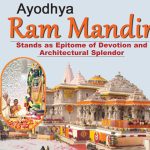

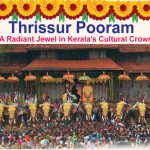




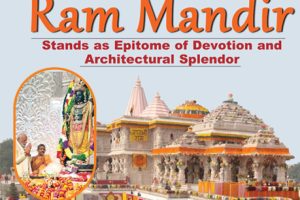
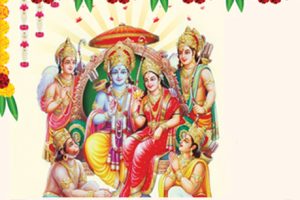
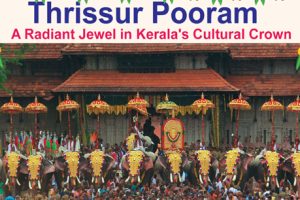





Add Comment